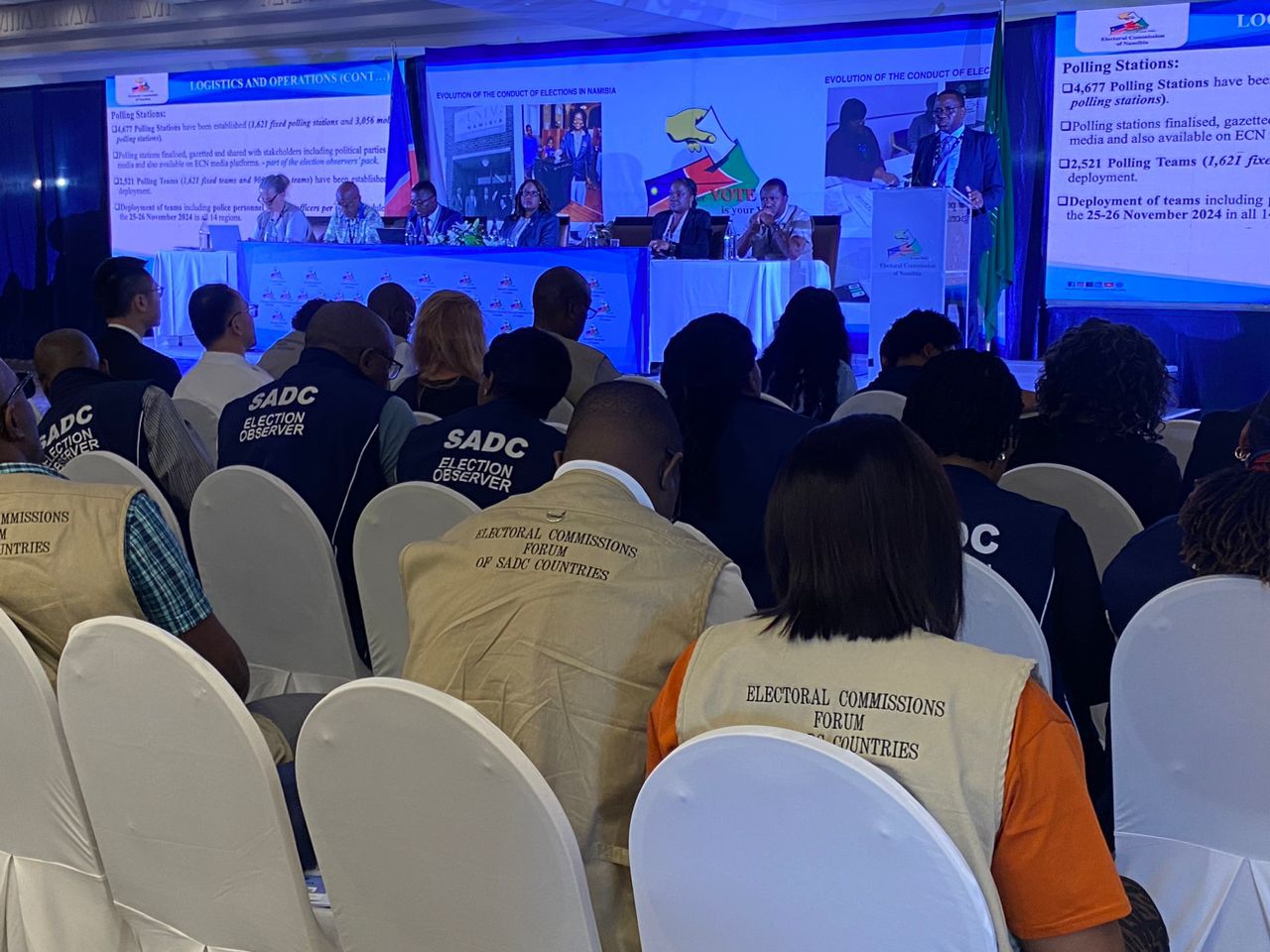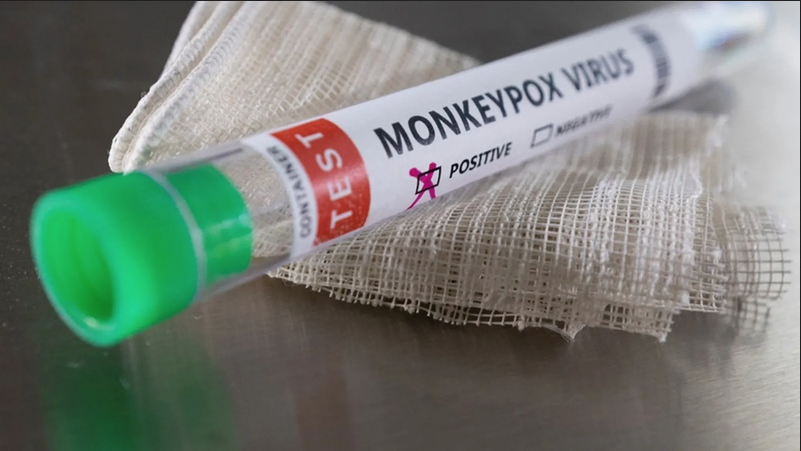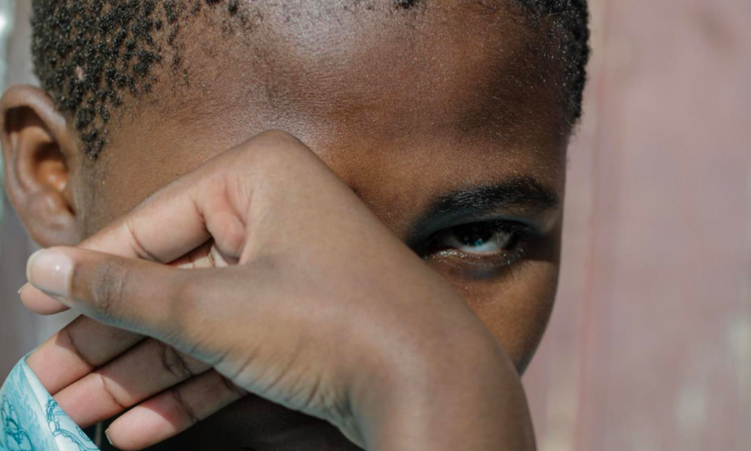WHEN Marie first learnt that she was pregnant, her biggest concern was how to tell the father of her unborn baby, and how she would care for her baby once he/she was born, but little did she know the worse was yet to come.
Marie told The Namibian that when she heard that she was HIV positive, her world was shattered, and all her other concerns seemed minute in comparison as she had received a “death sentence” for herself and her child.
“I was numb, ashamed and angry that not only would I die of the disease, but my baby would die of it too. When I was told that I was infected, I was so shocked that I did not anymore hear what the nurse was telling me. I was not planning to tell anyone about the pregnancy yet, but now had the news of my new status to cope with,” she said.
Marie said she pulled herself together when the nurse gave her a ray of hope that it was possible her baby could be born HIV-free.
“It was a little voice of hope from nowhere. I asked how that was possible . . . not that I really wanted to know, but I was just happy that there was a chance to save my baby,” she said with a smile.
According to the United Nations Population Fund (Unfpa) Namibia representative Dennia Gayle, mother-to-child transmission of HIV is the spread of HIV from an HIV-infected woman to her child during pregnancy and childbirth, or when breastfeeding (through the milk). Mother-to-child transmission of HIV is also called perinatal transmission of HIV.
“Without treatment, the likelihood of HIV passing from mother to child is 15% to 45%. However, antiretroviral treatment and other effective Prevention from Mother to Child Transmission interventions can reduce this risk to below 5%.
These interventions primarily involve antiretroviral treatment for the mother and a short course of antiretroviral drugs for the baby, along with counselling and psychological support to help mothers safeguard their infants against the virus,” said Gayle.
“This is what Namibia has done so systematically and strategically; recent reports indicate that mother to child transmission rates in Namibia is as low as 4%, putting the country on course and at the forefront of possibly eliminating mother–to–child transmission of HIV by 2025 as has been declared by the government,” she said.
“This is a significant achievement that must be celebrated and serve as a motivation to us, government and development community to do more,” she stated futher.
The current World Health Organisation guidelines recommend two interventions: The first is providing lifelong antiretroviral therapy (ART) to all pregnant and breastfeeding women living with HIV-AIDS, regardless of their CD4 count or clinical stage.
The second is providing ART drugs to pregnant and breastfeeding women with HIV-AIDS during the mother-to-child transmission risk period, and then continuing lifelong ART for those women eligible for treatment for their own health. The current global goal is to accelerate progress towards the elimination of new child infections and keeping their mothers alive. This can be achieved by ensuring that PMTCT interventions are made available to all women who need them, a WHO report revealed.
The current global goal has two targets:
• Reducing the number of new child HIV infections by 90%.
• Reducing the number of HIV-related maternal deaths by 50%.
Gayle said this is possible through educating mothers, by discussing myths around HIV-AIDS, and teaching each other about the facts.
How do medicines prevent mother-to-child transmission of HIV?
HIV medicines work by preventing HIV from multiplying, which reduces the amount of HIV in the body. Having less HIV in the body reduces a woman’s risk of passing HIV to her child during pregnancy and childbirth. Having less HIV in the body also protects the woman’s health. Some of the HIV medicines pass from the pregnant woman to her unborn baby through the placenta. This transfer of HIV medicine protects the baby from HIV infection, especially during a vaginal delivery when the baby passes through the birth canal and is exposed to any HIV in the mother’s blood or other fluids. In some situations, a woman with HIV may have a Caesarean delivery to reduce the risk of transmission of HIV during delivery. Babies born to women with HIV receive HIV medicine for four to six weeks after birth. The medicine reduces the risk of infection from any HIV that may have entered a baby’s body during childbirth. Aidsinfo.
Stay informed with The Namibian – your source for credible journalism. Get in-depth reporting and opinions for
only N$85 a month. Invest in journalism, invest in democracy –
Subscribe Now!






